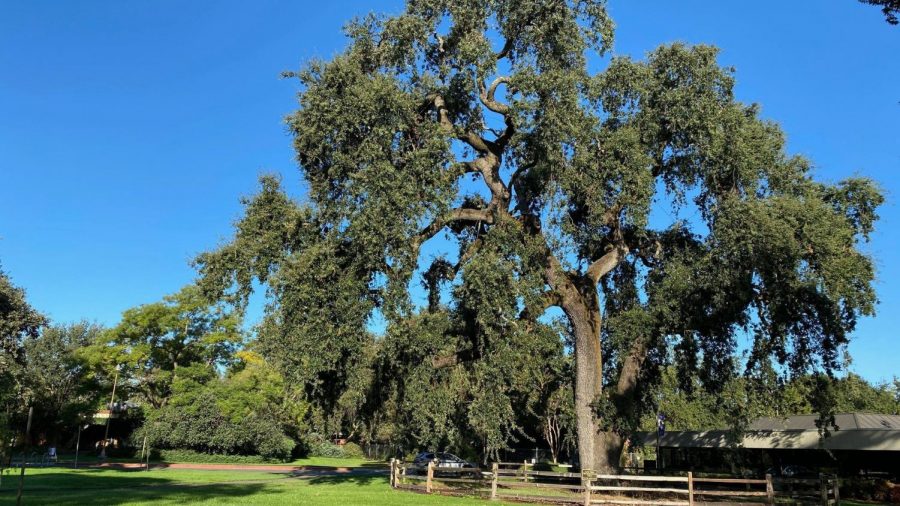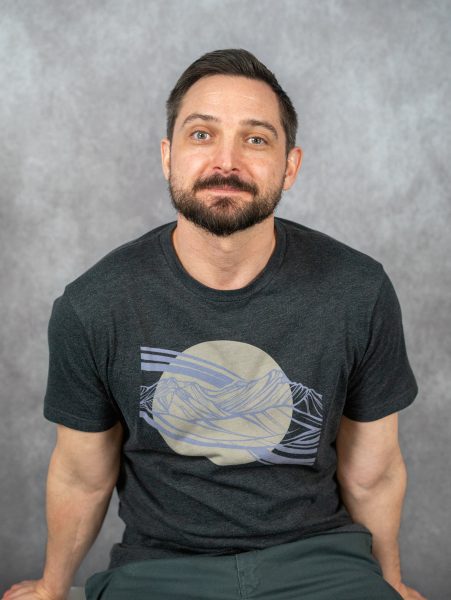The Santa Rosa Junior College Board of Trustees acknowledged that SRJC lies on territorial Pomo land by unanimously approving an SRJC land acknowledgement on Oct. 13.
This land acknowledgement is a formal statement that recognizes and respects the Pomo People as the traditional caretakers of SRJC land and their continued relationship with it. SRJC has committed to opening all public events and gatherings with a land acknowledgement statement, and instructors have the option of including it in the signature of their emails or in their syllabi.
Land acknowledgment helps SRJC students and staff to recognize the longer history of the land and challenge the “doctrine of discovery.” It is also meant to inspire ongoing action and relationship building with Indigenous communities.
Brenda Flyswithhawks, the behavioral science instructor who wrote the land acknowledgement proposal, has worked to increase awareness of the Native American community at SRJC for more than 10 years.
“Indigenous peoples still remain invisible. People go to a museum to learn about them/us, when the reality is we’re right here,” Flyswithhawks said.
Flyswithhawks, who identifies as Eastern Cherokee, said it is common practice among Indigenous communities to acknowledge the land of the people they are on. She also considers land acknowledgement essential for SRJC students to respect the current relationship the Pomo people have with the land.
“The land on a piece of paper says it’s Santa Rosa Junior College, but historically that land is and always will be Pomo land,” Flyswithhawks said. “So it acknowledges the past and the present, and it directs us in going into the future.”
Flyswithhawks said that the civil unrest and protests after multiple police killings of Black citizens opened the door for the land acknowledgement proposal to pass.
“Our courageous and bold Black students and the Black Student Union at SRJC that propelled everything in front of everyone,” Flyswithhawks said.
Flyswithhawks said SRJC President Dr. Frank Chong always acknowledged that SRJC was now the caretaker of the land as the Indigenous peoples before them.
“Dr. Chong was very receptive from the beginning. He didn’t edit my proposal at all,” Flyswithhawks said.
Josephine McKay, SRJC behavioral sciences instructor who identifies as Dry Creek Pomo and Sierra Miwok, said when she was an SRJC student, she was usually the only native woman in her class which made her feel alone and isolated.
Seeing that land acknowledgement statement on her professor’s signature would have changed that.
“I would be like, “Oh wow that’s cool, I’m included. I’m not just a forgotten, back-burner student,”” McKay said.
McKay said that Pomo is a colonized word. Before white settlers, there were a plethora of individualized groups based on languages. There are five federally recognized Pomo tribes in Sonoma County now, but in the past, natives could walk 20 miles and reach a group speaking a language they wouldn’t understand. However, they shared the same respect for the land.
“It wasn’t about conquering the land. It was about living together. It’s a part of how we interact with the land today,” McKay said.
She feels SRJC is a frontier institution in the movement towards land acknowledgement.
“I think it’s a great place to be. I’m hopeful and inspired that other institutions will follow,” McKay said.
Maria Cardenas, leader of Native American Student Council SRJC, who identifies as Pomo from the Manchester Band, said that land acknowledgement is a first step in repairing the relationship between Native Americans and the rest of the community.
“Just like Indigenous People’s Day was a move in that direction: abolishing Columbus Day, and taking back the history by telling the truth,” Cardenas said.
Dr. Chong considers the land acknowledgement a positive recognition of the significance of the Pomo people, both past and present, and appreciates Dr. Flyswithhawks’ long time work connecting the Native American community and SRJC.
“I view this land acknowledgement as a positive step toward our college’s goal of supporting anti-racism and recognizing the contributions of BIPOC communities,” Dr. Chong said.




